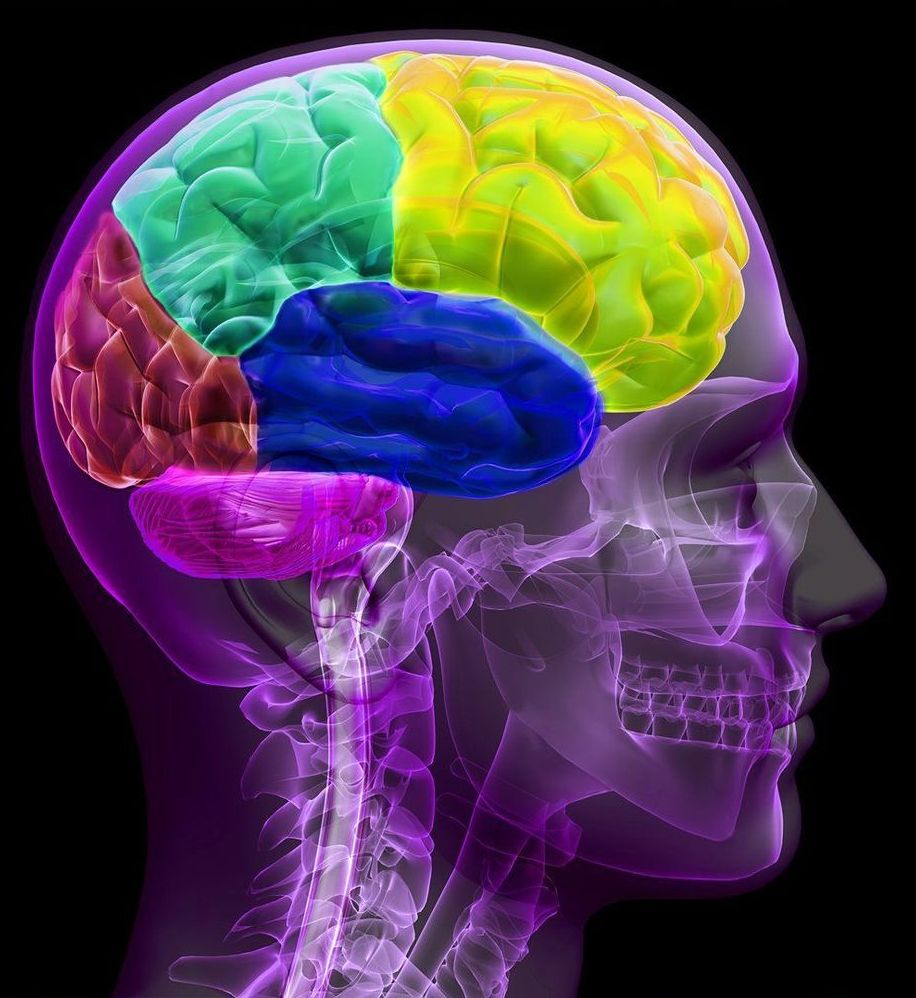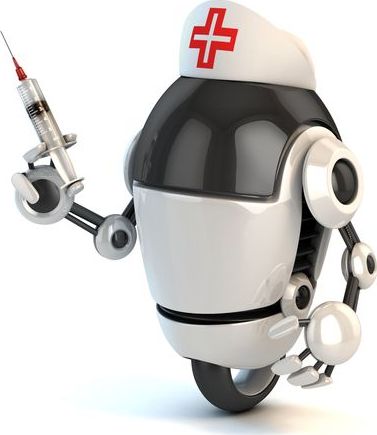Researchers working on ways to accelerate the body’s healing and regeneration. But what are the limits of that science and what does its future look like?



Peak phosphorus is a concept to describe the point in time when humanity reaches the maximum global production rate of phosphorus as an industrial and commercial raw material. The term is used in an equivalent way to the better-known term peak oil.[2] The issue was raised as a debate on whether a “peak phosphorus” was imminent or not around 2010, but was largely dismissed after USGS and other organizations increased the world estimates on available phosphorus resources.[3]
Phosphorus is a finite (limited) resource that is widespread in the Earth’s crust and in living organisms but is relatively scarce in concentrated forms, which are not evenly distributed across the Earth. The only cost-effective production method to date is the mining of phosphate rock, but only a few countries have significant reserves of it. The top four are Morocco, China, Algeria and Syria. Estimates for future production vary significantly depending on modelling and assumptions on extractable volumes, but it is inescapable that future production of phosphate rock will be heavily influenced by Morocco in the foreseeable future.[4]
Means of commercial phosphorus production besides mining are few because the phosphorus cycle does not include significant gas-phase transport.[5] The predominant source of phosphorus in modern times is phosphate rock (as opposed to the guano that preceded it). According to some researchers, Earth’s commercial and affordable phosphorus reserves are expected to be depleted in 50–100 years and peak phosphorus to be reached in approximately 2030.[2][6] Others suggest that supplies will last for several hundreds of years.[7] As with the timing of peak oil, the question is not settled, and researchers in different fields regularly publish different estimates of the rock phosphate reserves.[8].

It is hard to find words to describe the fairytale feeling you get from being in a dark room with them. https://www.biorxiv.org/content/10.1101/809376v1 1/6

Strokes frequently devastatingly affect our hands. Presently, Stanford scientists are working together on a vibrating glove that could improve hand work after a stroke.
The most clear sign somebody has endure a stroke is normally some issue talking or strolling. In any case, another test may have a significantly more prominent effect on somebody’s day by day life: Often, stroke survivors lose sensation and muscle control in one arm and hand, making it hard to dress and nourish themselves or handle ordinary articles, for example, a toothbrush or entryway handle.



Taliesin Preservation offers a variety of tours of the Taliesin estate in Spring Green, Wisconsin. These tours are designed for every level of interest. Booking tours in advance is strongly recommended. Tours often sell out, so book well in advance of your preferred tour date. Walk-ins are accommodated with space permitting.

If you want to be as healthy as possible, there are no treadmills or weight machines required.
Don’t just take my word for it — look to the longest-lived people in the world for proof.
People in the world’s Blue Zones— the places around the world with the highest life expectancy — don’t pump iron, run marathons or join gyms.